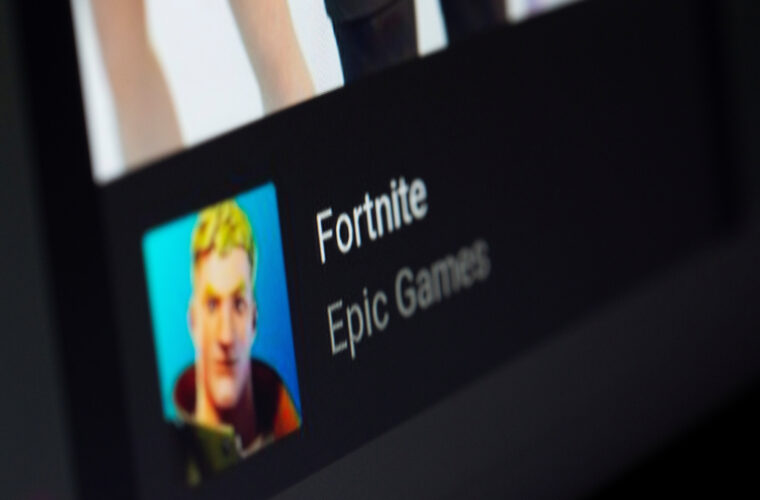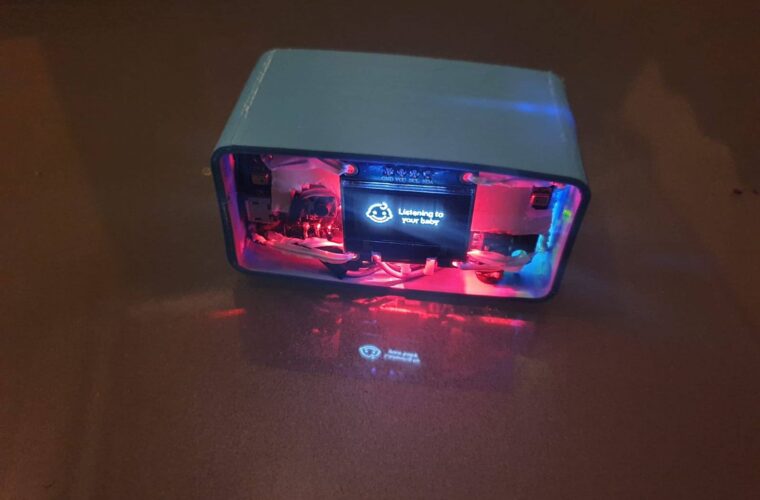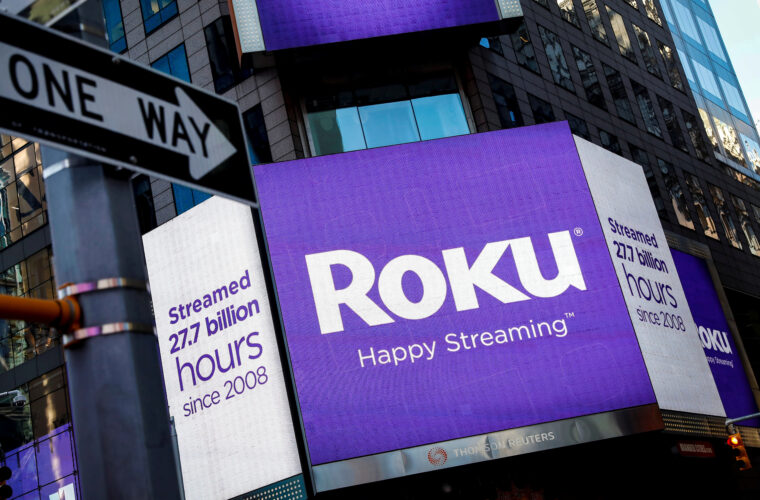Interactive Performance: A multidisciplinary artist who likes to adopt various sources for her artwork, Park Su-young has taken a keen interest in recreating and archiving people’s lives. For Park, art is not just drawing with paint on a blank paper; it is a mix of multiple genres, ranging from classical painting to dancing to emerging technologies, like artificial intelligence.
The Map Project
One of her flagship on-stage performance projects is the Map Project which started in March 2020. The project aims to archive personal stories of people she meets, showing how individual moments can form a stream of history when collected. Each performance of the project focuses on memories of one community, capturing an array of historical localities.
“Everyone comes from a different cultural background,” Park told 4i Magazine in a Google Meet interview. “The first sub-project had a focus on random encounters of our memory, and how our body reacts to them. For example, let’s say we saw a chair while we were walking down a street. A piece of your memory related to the chair might pop into your head. The Map Project recreates such an experience into performances.”
When doing research for her Map Project, Park learns the personal stories of individuals she meets through interviews. For her 2021 performance focused on locals of Taean, South Chungcheong Province in South Korea, she interviewed ladies in their 60s and 70s to hear their experiences of the Korean War.
Park then creates a “visual map” of their stories, adding layers to the delivery by including her interviewees’ habits or gestures, like rubbing their noses when talking, as dance moves. The created map would then go on stage, allowing the audience to follow the tracks of their memories and relive the interviewees’ experiences. Unlike other dance performances, the audio played in the background mainly consists of interview snippets rather than instrumental music.
Park’s project recently branched out to communities outside of South Korea. In 2022, Park documented the local memories of towns in Slovenia, Bulgaria, Germany, and the United Kingdom. Not only did she interview the locals of each town, but she also filmed locations discussed in the interviews with her camera, made an artistic collage of that footage, and played it in the background screen when she was performing recreated dance on her stage.
“It is a kaleidoscopic collage, showing clips of a variety of places mentioned in the interviews,” Park said. “Even the most familiar place can look different when it is seen through such a kaleidoscope. The audience might vaguely recognize the featured places but wouldn’t have been easy to match them with how they remember,” she added. The edited videos were played through projectors installed at the theatres Park performs.

Watching a Performance on a Phone
However, last November, Park learned that the theatre she was assigned to perform the Map Project performance in Kingston, U.K., didn’t have any projectors installed. Park tried to find the best technological tool to deliver her project to the English audience who would be seated before the stage. It had to be compact and small enough to be used inside the theatre as well.
That’s how Park thought of using smartphones
With the help of a QR code generator, Park made a QR code that can redirect people to a video she prepared. All guests, who were already owners of smartphones, were asked to scan the code before being seated. Once the performance started, the video on their phones also was played.
In the video, requests that we would only see in a few other performances popped up for the audience to try and follow. The requests included: “Film the dancer performing on the stage before your eyes”, “Raise your head and look at the stage”, “Move your eyes from the stage to your smartphone”, and “Does the performance remind you of any locations”.
Park says the audience “danced” with her by following those requests. “Due to the Wi-Fi problem and difference in performances of their phones, there has been a certain amount of delay in some people’s phones,” Park said. “But such delay formed a wave of reactions, like canon, performing same movements at a different time.”
She also made her audience choose between the two: whether to watch the performance played in the video or the real-time performance in the real world. The video played a compilation of her dances performed at various places, from Big Ben to Buckingham Palace.
“The performances from the video and on the stage were identical,” Park explained. “The video may be a bit more visually appealing as it features many different locations, compared to the real-time on-stage performance against the plain theatre wall. It was their choice to watch which performance, but they won’t be able to watch the other if they choose one.”
Differences in Generations
It was interesting to see which generations prefer which method of delivery in performance, Park says. She found that the older generations, who often experience more struggles in using mobile phones than the younger generations, like people in their 10s or 20s, tended to watch the real-world performance. In contrast, the younger generation’s preference was the exact opposite.
“People aged from 10 to 30 told me that they found the performance very interesting,” Park said. “They would pause the video from time to time to compare the dance movements with my real-world performance or skip through the clips to watch the next movements in advance. Some audience also said that it felt like ‘breaking taboos’ at the theatre, turning on flashlights of their phones to film or moving as the in-video requests tell them to do during a performance at a theatre,” she added.

Finding Comfort in Familiar Technology
Park notes that her performance shows that people find more comfort in using the technology they are aware of rather than new, flashy technologies they have not heard of. She thinks that it is because it takes time for people to learn and digest the newly developed tools as fully theirs.
“The younger the generations are, the more developed technologies they use,” Park said. “New technologies are coming out every day, but I think we prefer to use what we are familiar with instead of exploring the novelty. We stick to what we know and love, and everyone has a different preference. For example, we never see two different people having the same apps on each of their phones – we settle on apps that we find more comfortable.”
Park emphasizes that people should have more control over technological development, trying to recreate and reexamine it instead of being reactive. When it comes to the convergence of art and technology, the most important thing is not adopting a fancy new technology but expressing the ever-changing electronic representation in human language.
“If technology is the answer, then what is the question? We would have to think about the reasons and purposes behind the technological development, not be merely led by it. That is what I hope to answer through my performances – by combining technology with art, what am I trying to show the audience? The answer to this question would matter,” Park said.



